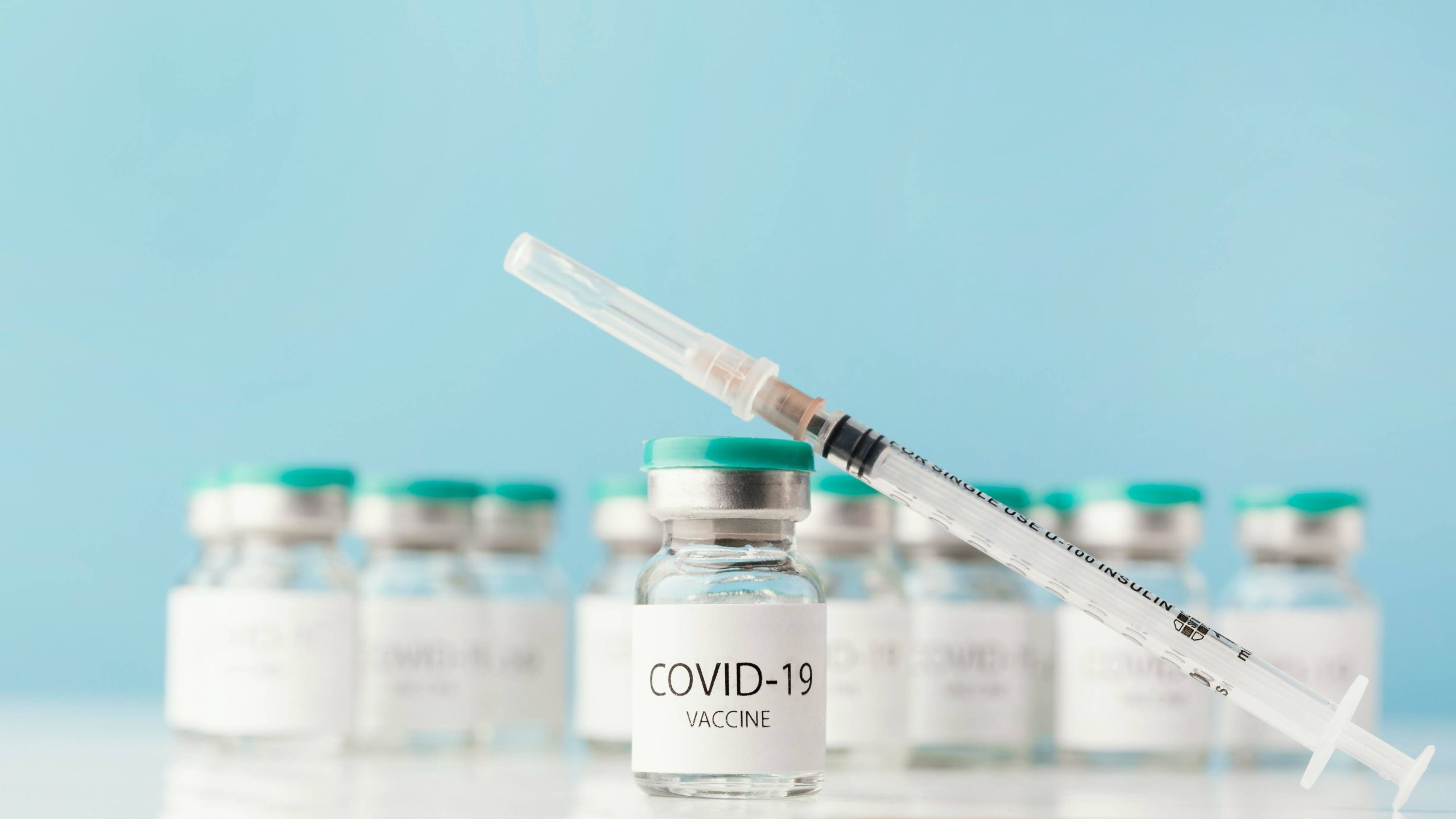Scientists from Denmark and Pennsylvania have developed a machine learning-based platform, RAVEN, that is able to design T-cell vaccines for COVID-19. These vaccines are expected to last longer than the currently available ones, thereby providing immunity against future variants of concern (VOCs). The in-silico approach for locating and selecting relevant immunogenic T-cell regions in the SARS-Cov-2 genome is remarkable in vaccine development for the life-threatening COVID-19 as well as for other seasonal flu. This is the first study showcasing in-vivo protection from lethal COVID-19 by means of an in silico predicted and designed T-cell vaccine.
We already have vaccines, so why the need for yet another?
The pandemic driven by COVID-19 has wreaked havoc in all spheres of human life. The rapid spread and alarming death toll prompted the scientific and pharmaceutical communities to accelerate vaccine development. The first-generation vaccines against SARS-CoV-2 include mRNA-1273, BNT162b2, Ad26.CoV2, and NVX-CoV2373. While these vaccines have proved effective in curbing the pandemic to a greater extent, they all rely on the same spike protein (S), the antigen. The vaccines elicit the production of neutralizing antibodies against this spike protein from the original SARS-CoV-2 strain. The evolutionary changes in the amino acids in the receptor binding domain (RBD) of the spike protein, which is under heavy selection pressure, aid the virus in evading immune cell detection, rendering new variants of concern (VOCs). In addition to this, the waning vaccine-induced antibody levels against the virus require regular updates to these first-generation vaccines.
On the other hand, it has been seen that previous infection with the virus has resulted in a stronger immune response as compared to S protein vaccinations. The stronger immune response is in terms of broader T-cell epitope coverage and cross-strain reactivity. This is a huge indicator that vaccines based on broader T-cell epitope coverage could be more robust. Strategies involving T-cell epitopes derived from structural proteins have been recently applied in Meyers et al. and Heitmann et al. However, this is the first attempt at vaccine evaluation in a mouse SARS-CoV-2 live viral challenge model.
RAVEN: Rapidly adaptive Viral rEspoNse
The machine learning-based platform RAVEN was developed by the authors for identifying and selecting relevant functional immunogenic T-cell hotspots in the SARS-CoV-2 genome. This generation of T-cell epitopes results in the in silico design of the T-cell vaccine.
The prediction of MHC class I and II ligands involved coding sequences from full-length SARS-CoV-2 proteins using deep learning techniques. For the evaluation of the immunogenic potential of these in silico-generated ligands, the authors designed a poly epitope construct using an evolutionary algorithm.
Using this approach, the authors designed a vaccine that included 17 epitopes from various SAR-CoV-2 proteins recognized by the immune system.
RAVEN is highly adaptable and capable of predicting what is necessary for vaccine production even before the virus strain has emerged. This is not something that has been implemented before.
RAVEN can also be used for designing influenza vaccines, thus saving several lives every year from the seasonal flu.
The first ever in vivo protection from lethal COVID-19 using in silico predicted vaccines
The authors performed in vivo vaccine evaluation for the RAVEN-designed T-cell vaccine. The mice were infected with a lethal dose of SARS-CoV-2, and it was found that of the ones vaccinated with the T-cell vaccine, 87.5% survived in comparison to 10% of the control cohort of mice. The mice that survived were cleared of infection after 14 days of being infected. The authors envision an easy scaling up of the process for human testing.
Why did we not start producing T-cell vaccines at first?
Production of T-cell-based vaccines is time-consuming and much harder than the production of antibody-based vaccines. Given the urgency at the time of the pandemic, focusing efforts on developing an antibody-based vaccination was the logical step forward. Now that the pandemic has receded, the logical next step is to look for vaccines that are long-lasting and could be effective against future VOCs for COVID-19. T-cell vaccination is thus the current focus in the domain of vaccine development for SARS-CoV-2.
Conclusion
Scientists from Denmark and Pennsylvania have come together to develop novel T-cell vaccines for SARS-CoV-2 using a machine learning-based platform, RAVEN. The strategy behind vaccine development involves the generation of epitopes from several SARS-CoV-2 proteins, thereby widening the spectrum of vaccine coverage. The in vivo evaluation of the vaccine has shown that the duration of recovery from a lethal COVID-19 infection is 14 days. The authors also expect the vaccine to last longer than antibody-based vaccines. They also envision designing vaccines for other lethal viral infections, including influenza. Owing to the broadness of the epitope-based approach, the authors predict that these in silico-designed T-cell vaccines could be the game-changer for eradicating several lethal chronic viral infections in the future. Needless to say, this is indeed a groundbreaking discovery, not just for the vaccine development community but for society at large, as the horror of the pandemic still haunts us all, and the T-cell vaccine, with its promises, could be the ideal balm for our bruised hearts.
Article Source: Reference Paper | Reference Article
Learn More:
Banhita is a consulting scientific writing intern at CBIRT. She's a mathematician turned bioinformatician. She has gained valuable experience in this field of bioinformatics while working at esteemed institutions like KTH, Sweden, and NCBS, Bangalore. Banhita holds a Master's degree in Mathematics from the prestigious IIT Madras, as well as the University of Western Ontario in Canada. She's is deeply passionate about scientific writing, making her an invaluable asset to any research team.










